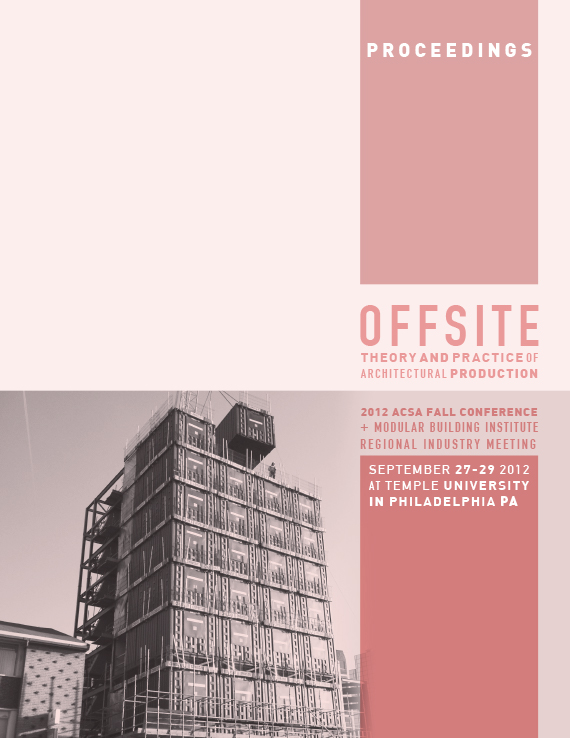Author(s): Bruce Quigley & Lisa D. Iulo
“For Pennsylvania’s economy to thrive, it needs a housing market thatmeets the needs of low- to moderate-income residents. Those needsare far from being met and are increasing along with the demand forhousing by the Marcellus Shale gas industry.” (State Sen. EugeneYaw, R-Loyalsock Township)Pennsylvania’s existing towns offer an achievable vision of sustainable living.Because collective identity is often tied inextricably to historical patternsof development and landuse, towns tend to retain their status asdrivers of regional identity. However many such towns have seen loss ofpopulation and dispersion of their services; their practical status as efficientcenters is greatly diminished. Further when development occurs it usually isnot contiguous with existing town fabric.This paper explores modular building as a response to two apparent andspecific needs for housing in Pennsylvania:• Modest Housing for an aging population – emerging demographics aredriving a strong need for high quality, low maintenance housing thatis modest in size and cost.• Demand for Housing Related to the Natural Gas Industry – The rapidexpansion of the natural gas industry because of drilling in MarcellusShale formation is causing unprecedented growth in a region unaccustomedto growth.The combination of these two needs represent an opportunity for meaningfulsmart growth that will provide lasting value and lead toward a sustainablefuture for the commonwealth both now and beyond current trends.Presenting a model for Modular Infill DevelopmentInfill development augments existing fabric. That means small projects,usually one or two houses at a time. Because it builds upon existing infrastructure,infill development is inherently green. But rarely do we see smallgreen affordable (subsidized or not) housing projects – the reason is size.Small projects can not bear the soft costs required by a team lead integrativedesign process nor the specific design response associated with uniqueand historically sensitive context of existing towns. These issues will be addressedthrough the presentation of The Union County Housing Authority’sEnergy Efficient Housing Project (EEHP) as model for green affordable infillhousing. The EEHP’s first new-build house – a duplex – saves more than50% on energy costs, is comprised significantly of local and recycled materials,and costs little more than might be expected in the market. It also wasfabricated locally in one of the region’s modular housing plants. The duplexis a result of an ambitious replicable process for projects intended for lowtomediumdensity context. Through modular building, it is clear that thishighly efficient model can be adapted to quickly and efficiently fit a varietyof infill conditions through the development of a “Kit of Parts.” This “Kitof-Parts” describes a carefully designed set of modules (based on the unioncounty model) that can be combined and site adapted. Because the modularmanufacturing process provides for mass-customization, the houses benefitfrom both the economy of scale and integrative design process associatedwith high-performance and context sensitive design.
Volume Editors
John Quale, Rashida Ng & Ryan E. Smith
ISBN
978-0-935502-85-5

 Study Architecture
Study Architecture  ProPEL
ProPEL 
